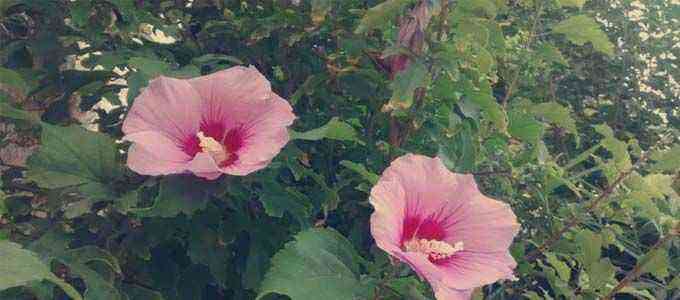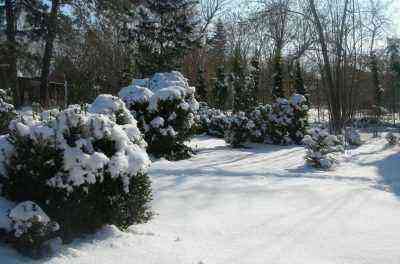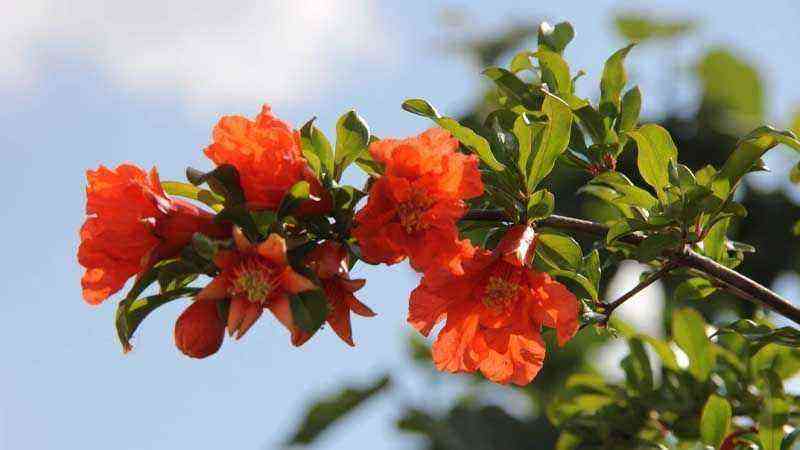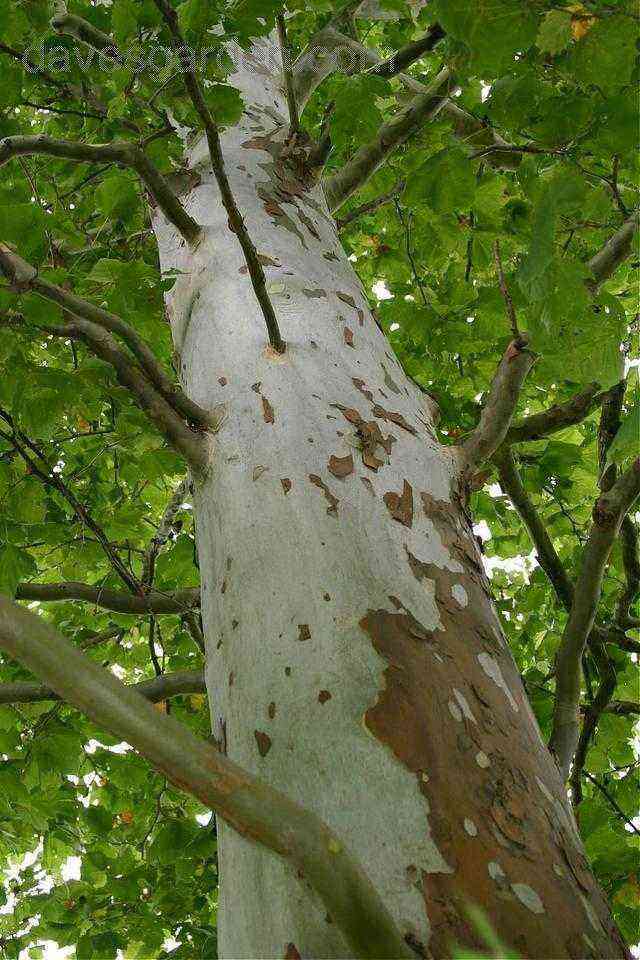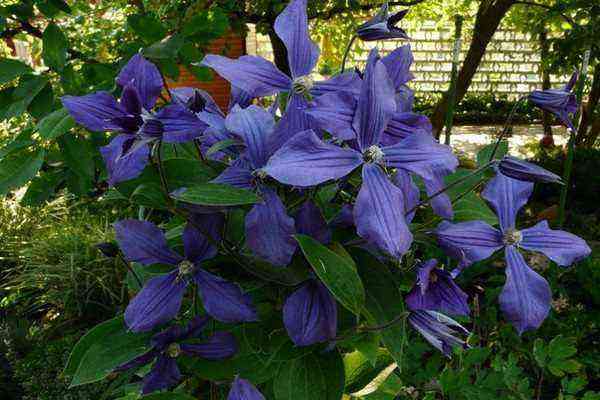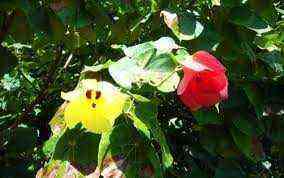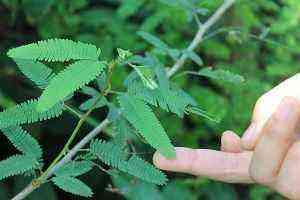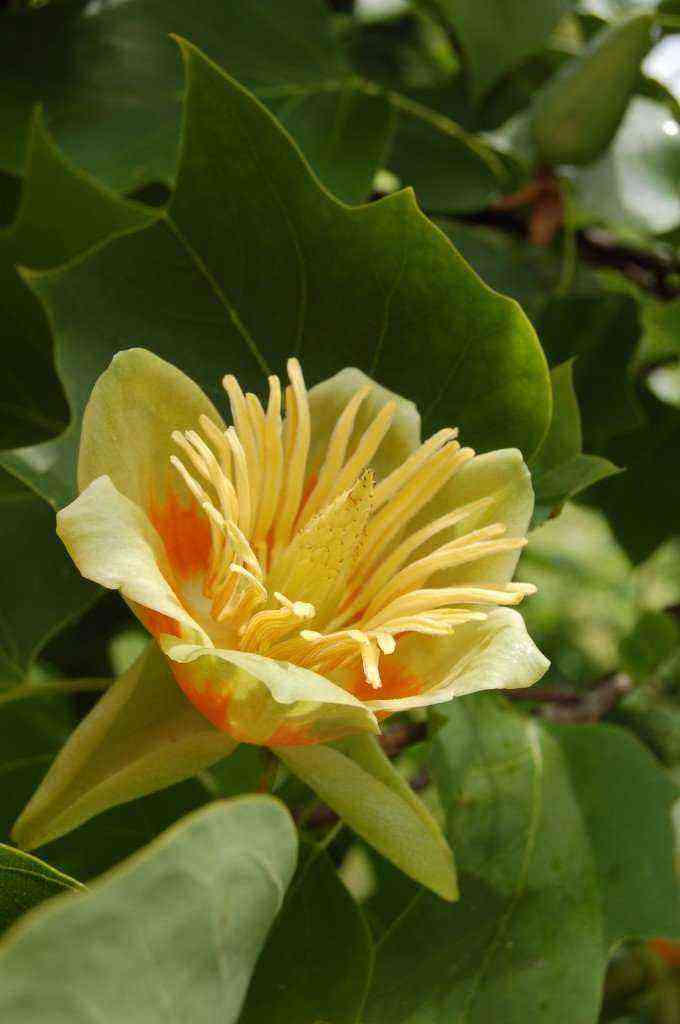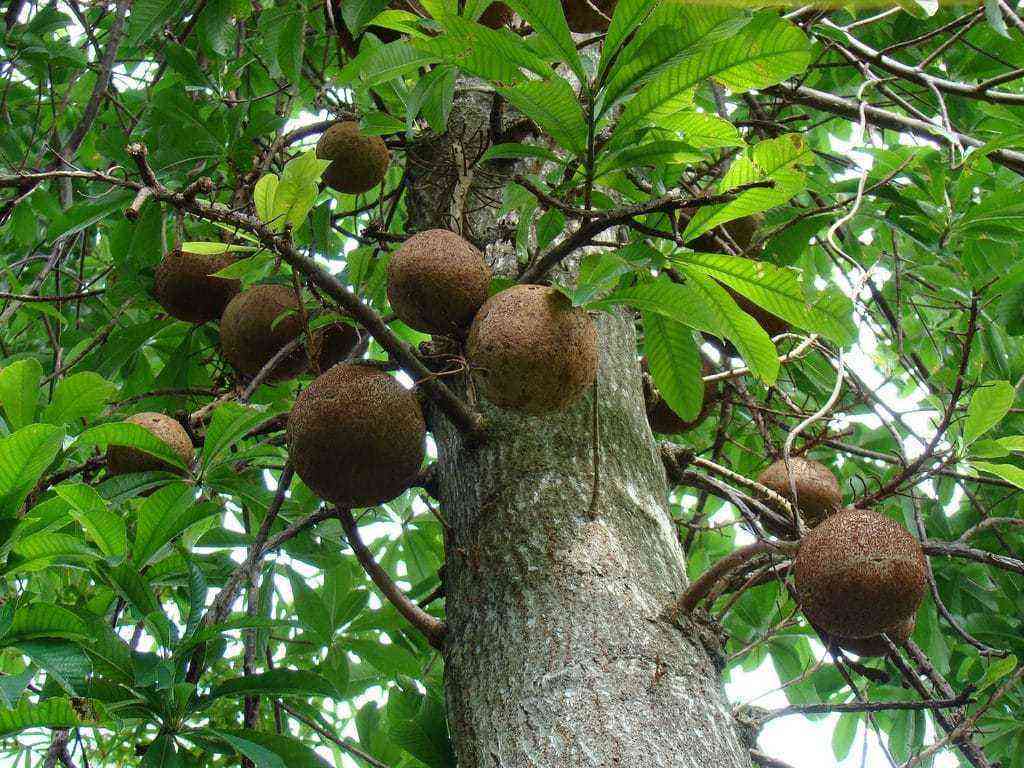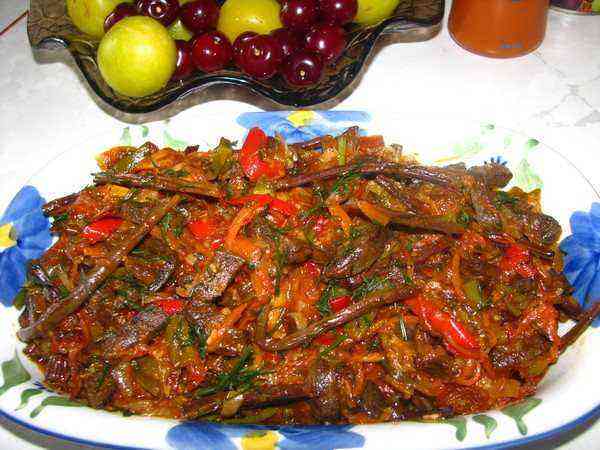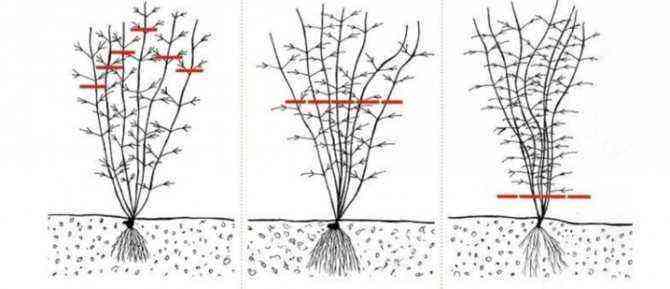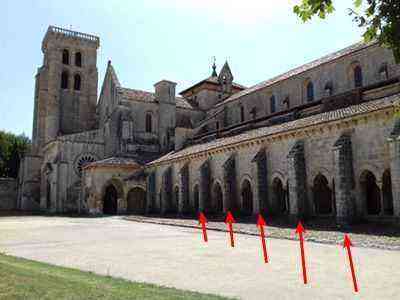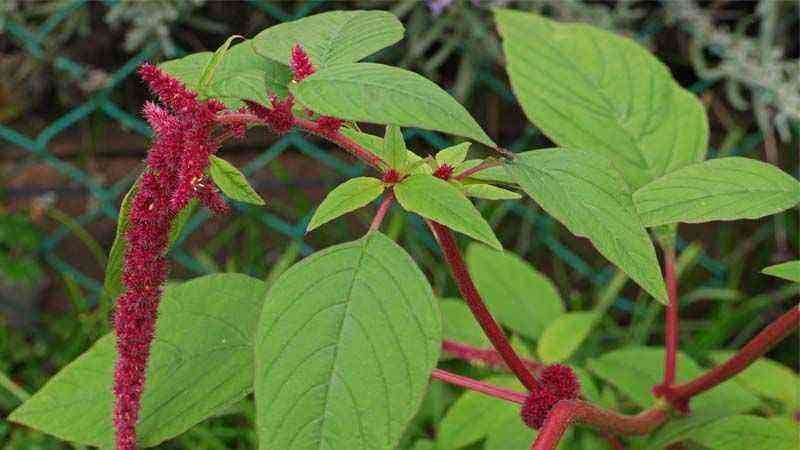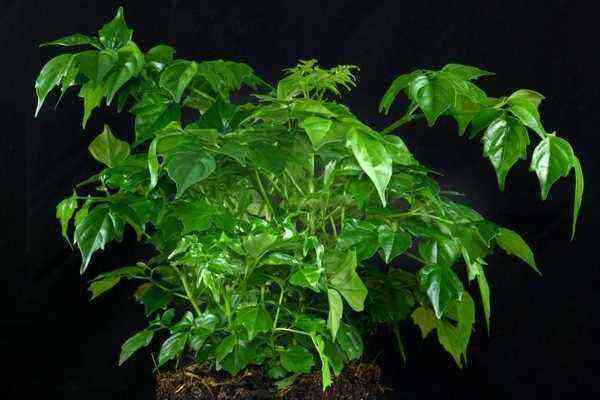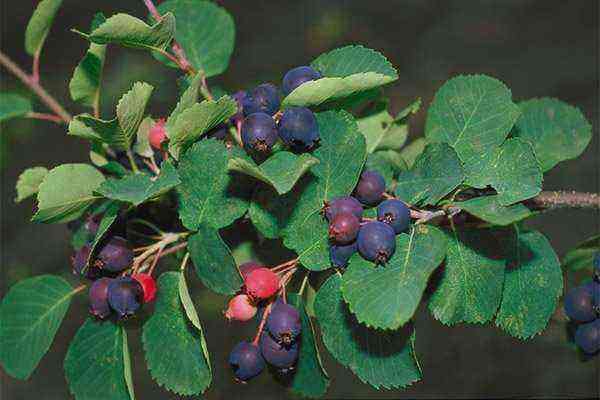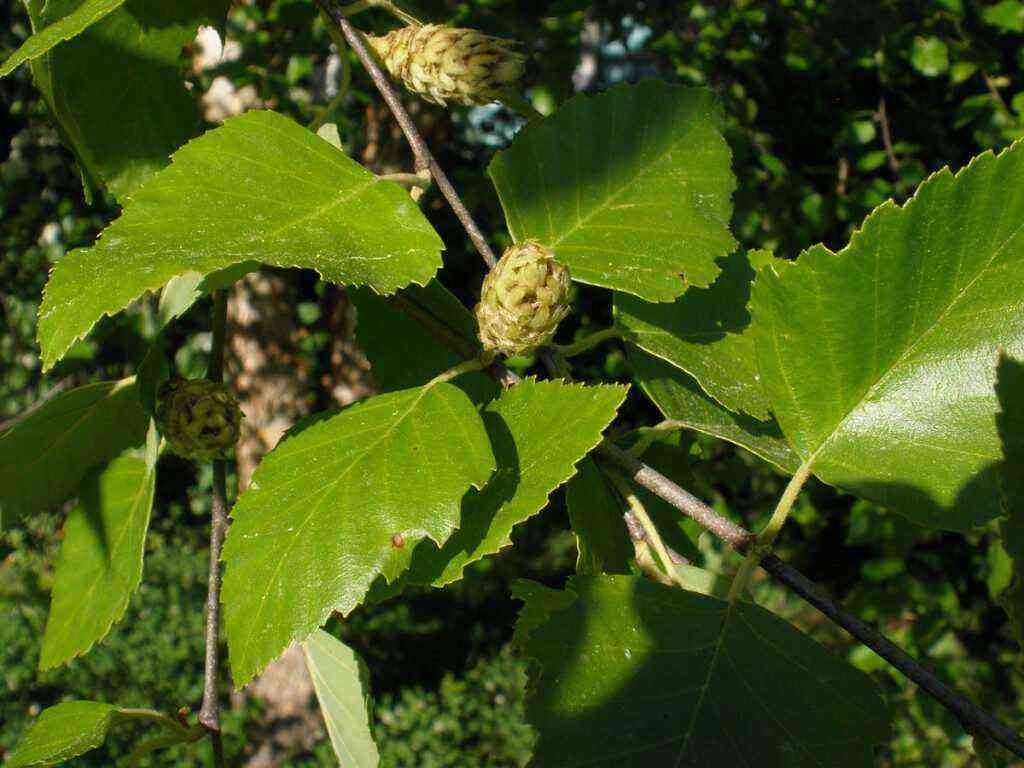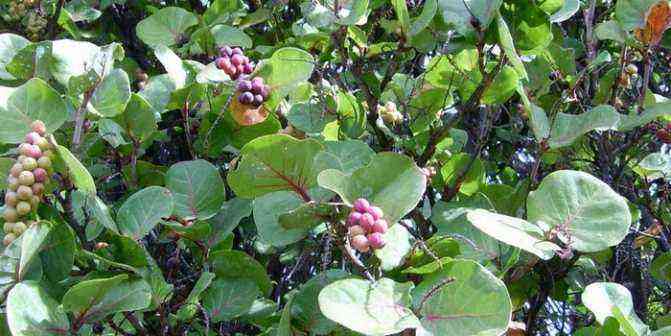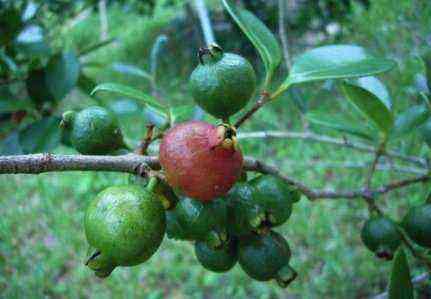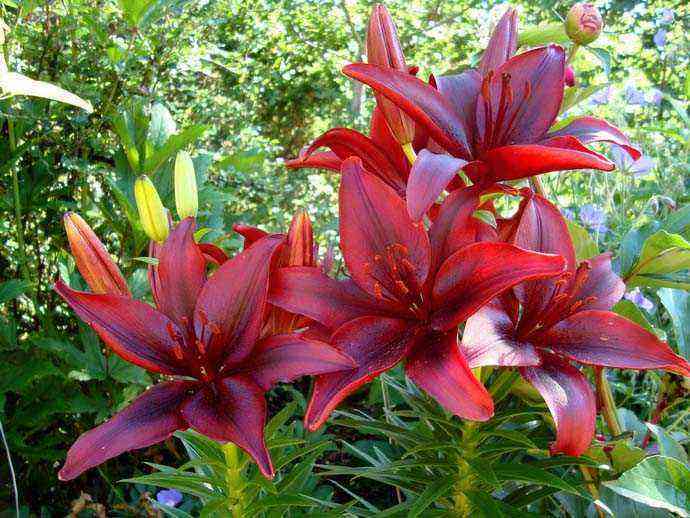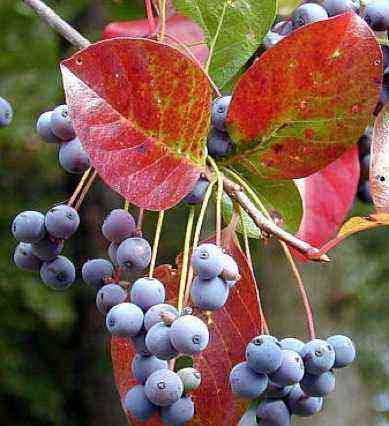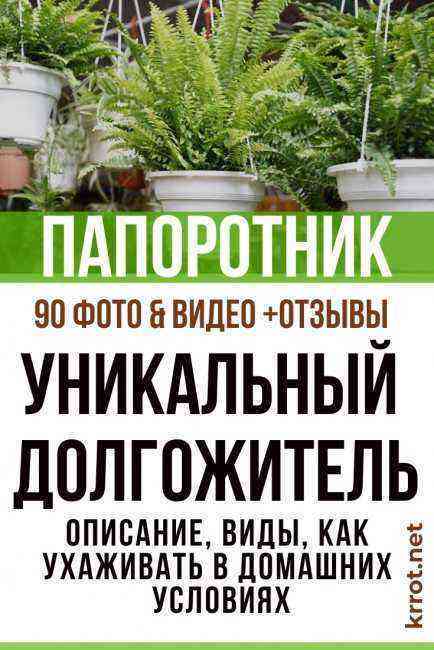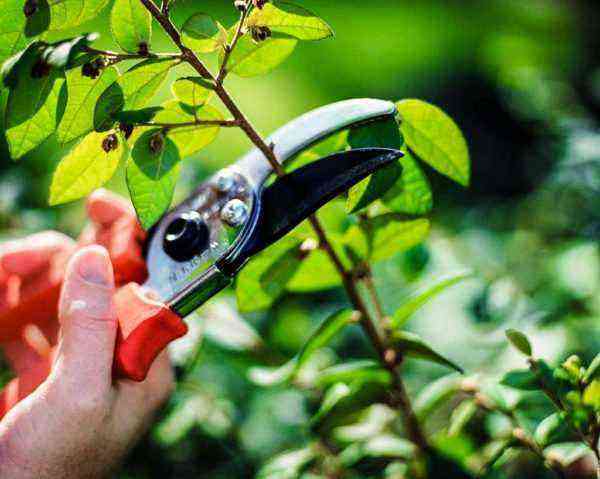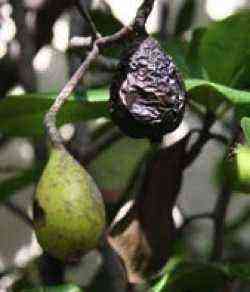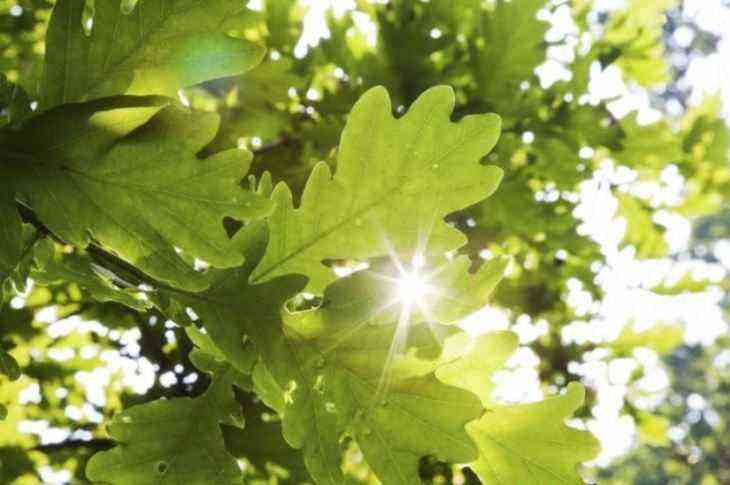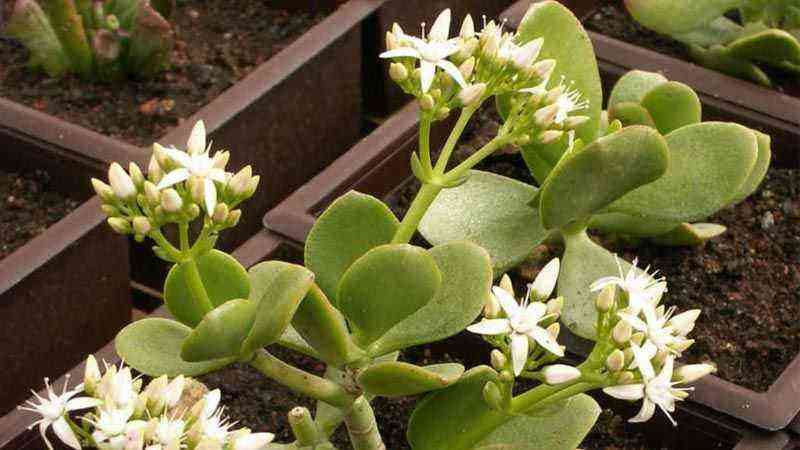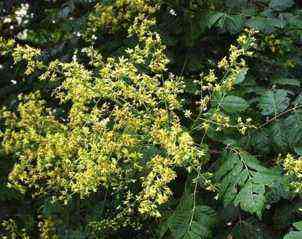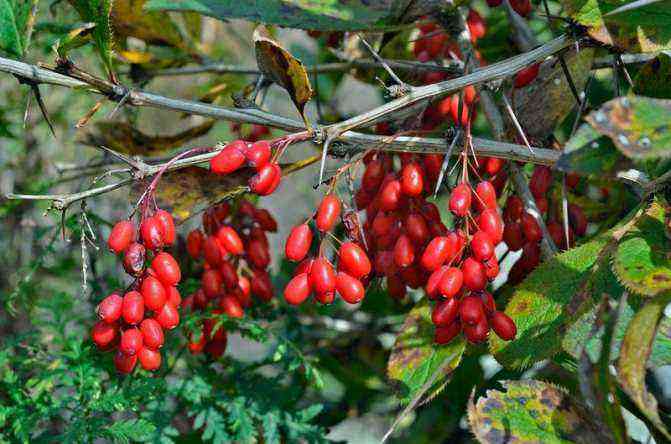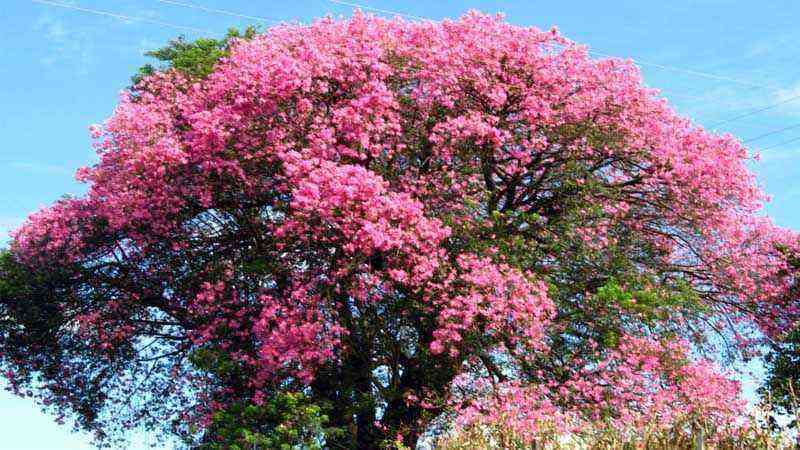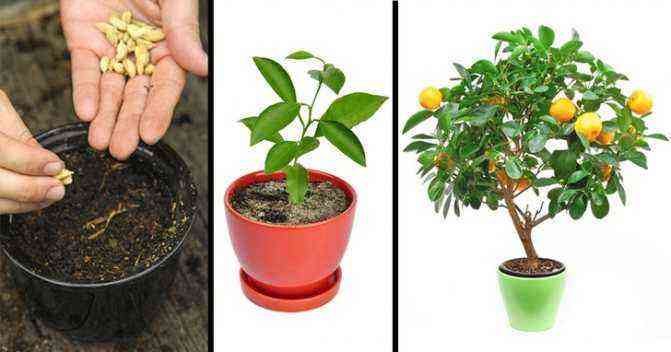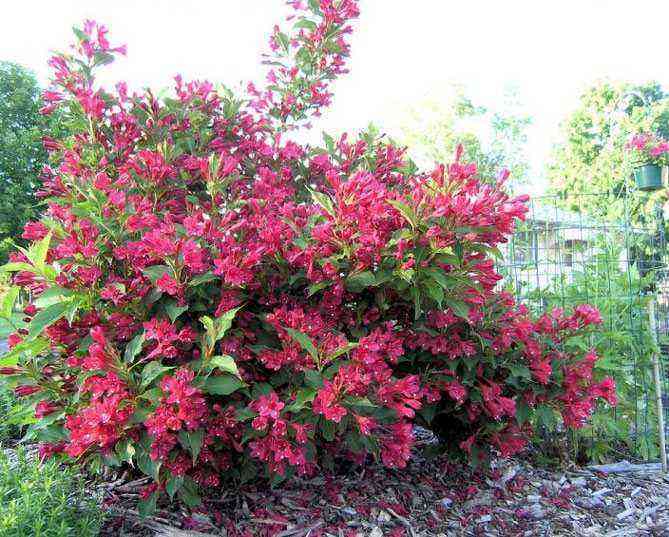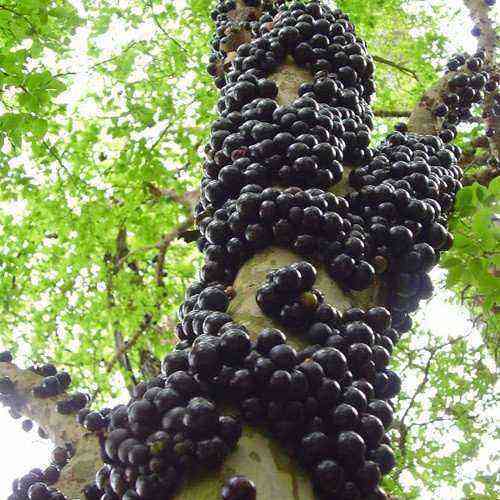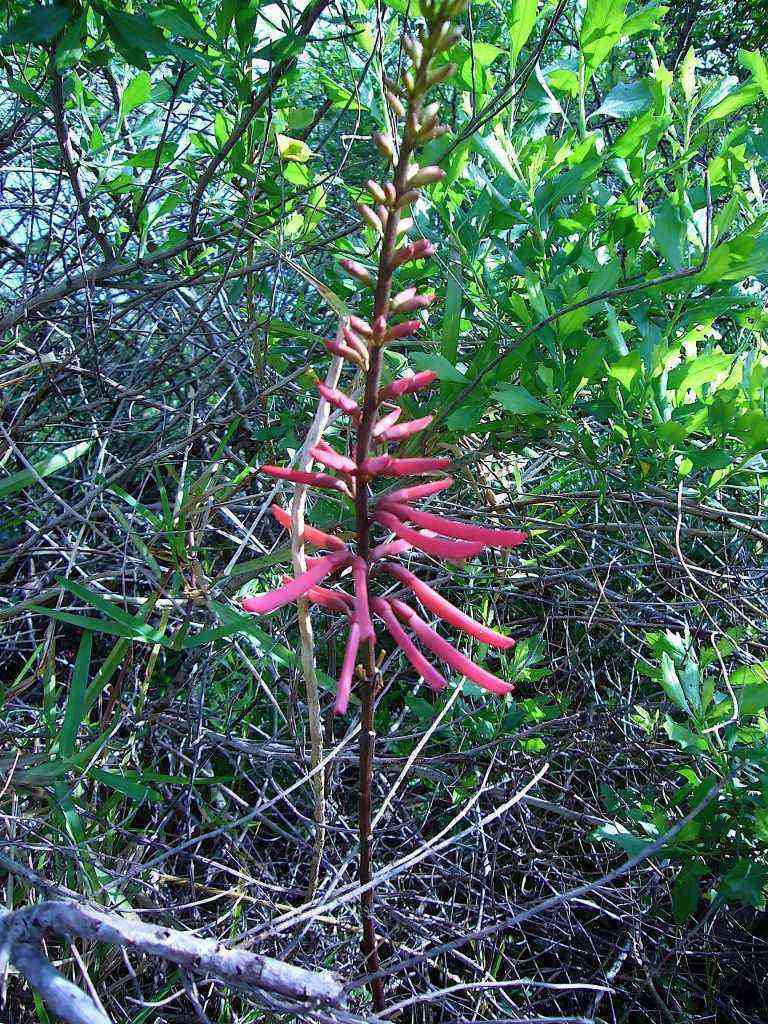Home flowers on “D”
On the letter “D” the most popular houseplants are Dieffenbachia and Dracaena. The first is a very large plant with a fleshy stem and large variegated leaves. This houseplant got its name in honor of the Austrian gardener of the Vienna Imperial Botanical Garden, Josef Dieffenbach.
View gallery
This flower is popular primarily for its high growth rate. A new leaf on dieffenbachia appears almost every week. In terms of care, this plant is quite demanding – it does not tolerate cold snaps, drafts and drying out of the soil. The variegated leaves of Dieffenbachia are primarily of decorative value. However, its long inflorescences, which appear in spring, are quite attractive. So, having asked the question about which houseplant begins with the letter “D” and at the same time deserves attention as a candidate for placement in an apartment, of course, you should pay attention to Dieffenbachia.
Dracaena was ever grown, probably, by every experienced amateur florist. It is valued primarily for its unpretentiousness. The flowers of this plant smell very nice. With regard to decorative properties, the main advantage that distinguishes dracaena is its long, bright green leaves with a spectacular glossy shine. Of course, there are other popular houseplants with the letter “D” (davallia, derain, etc.). But these two are still the most common.
Diffenbachia (Diffenbachia)
The most common among home gardeners is a plant called Diffenbachia. Poisonous plant with large leaves. Born in the Americas in the Aroid family. Not all 52 species that have been bred to date live in indoor conditions. Let’s talk about spotted dieffenbachia. The plant looks a bit like a palm tree, a small such palm, although in nature it can grow up to two meters in height. If you are a fan of drafts or simply constantly open the window due to the hot heating in winter, you will not make friends with this plant. It does not like through air and sudden temperature changes, like many houseplants with the letter “D”. Be careful, the sap of this plant with its delicious, huge leaves is highly poisonous. Be careful! Try to keep the plant warm, with temperatures around average, somewhere between 16-18 degrees Celsius. Moderate light is also needed. In hot summer, the light is slightly below average, in winter it is bright. If there is too much of it, the plant can lose pigment and turn yellow. But water should not be neglected so that the edges of the leaves do not turn brownish. Many indoor plants with the letter “D” need similar care (you can study the photos and names in various reference books). Soft and moist soil, periodic “bathing” of the plant, watering and wetting the leaves are important. The plant should be transplanted every year, choose the time of year when the plant will be transplanted, it is better to take spring. Pests, leaf dying off … you need to be prepared for many difficulties if you like this plant.
Flowers with the letter “B”
Many novice flower growers are also interested in what kind of indoor plants with the letters “B”, “C”, “D” are. The most popular on the “D”, as already mentioned, are dracaena and dieffenbachia. As for “B”, it is primarily brigamia and begonia. The latter is a very unpretentious plant with spectacular leaves and flowers. In addition, begonia is appreciated by indoor plant lovers for its ease of reproduction.
Brigamia belongs to the group of succulent plants of the bellflower family. Its main distinguishing feature is a fleshy stem, shaped like a bottle. Round leaves grow at the top, making the flower look a little like a palm.
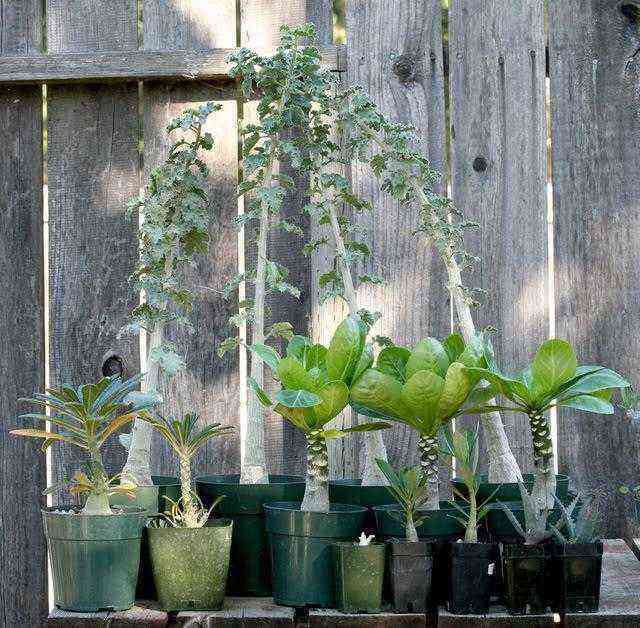
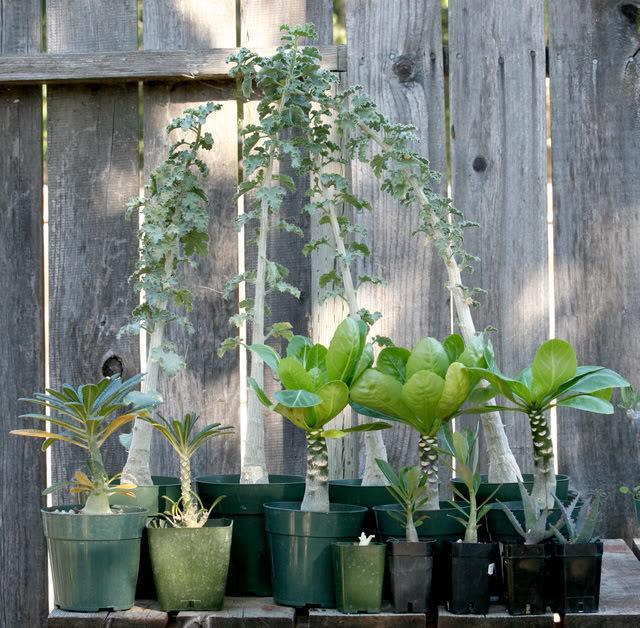
View gallery
Conclusion
Any plants, including houseplants with the letter “D” (the list of which you can study in more detail), require careful care. Therefore, when planting flowers for the first time, do not forget to pay due attention to them.
In fact, indoor plants with the letter “D” (the photos and names of which you just saw) are not a complete list of possible options for the home.
There are many. They can be distinguished by types, varieties, groups. In various scientific reference books, plants are classified primarily according to botanical characteristics. In ordinary literature, aimed at the common man in the street, they are usually systematized by name. In this article, we will consider what are the popular indoor plants with the letter “D”, “B”, “C” and “D”.
Flowers on “B”
What are the most popular indoor plants with the letter “D”, we have found out with you. Next, let’s see what flowers are most often grown in apartments on “B”. The most popular is Washingtonia Robusta. It is grown not only by lovers of indoor flowers. Washington can often be seen in offices, halls, cafes and shops. It is a very tall plant grown in tubs. Its leaves are very similar to palm leaves and can reach a length of 120 cm.
Another popular indoor flower with the letter “B” is Vriezia. This epiphytic plant has a very attractive bright green rosette of long leaves with an upturned edge. Its large spike-shaped inflorescence, thickening upward, looks very unusual. Like the indoor plants with the letter “D” and “B” discussed above, Vriezia can become a real decoration of any apartment.
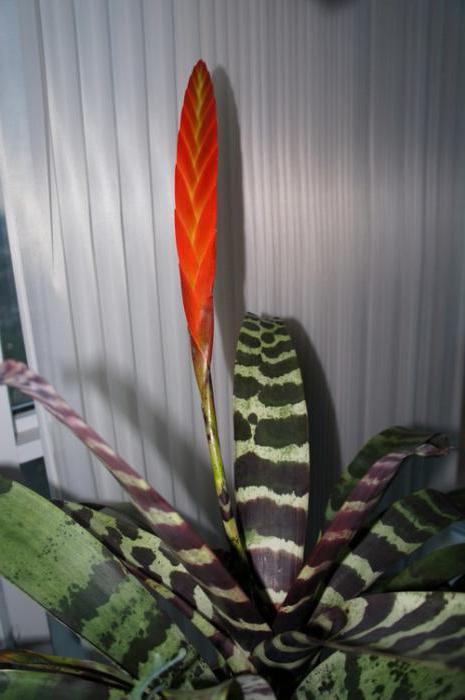
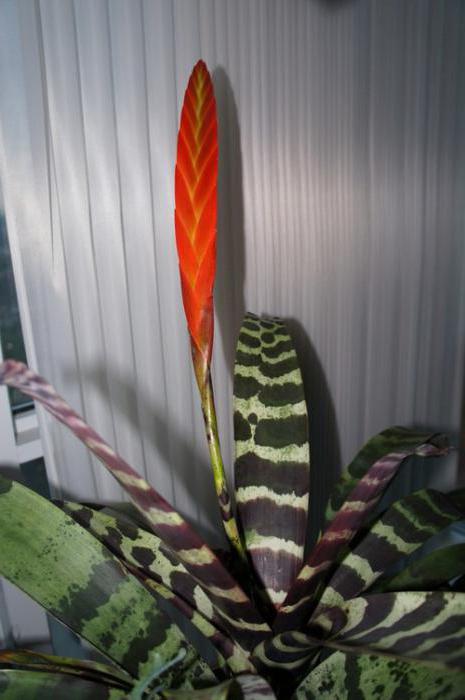
View gallery
Дидимохлена (Dryopteridae)
But this houseplants with the letter “D” do not end there. A plant that can be found in every third apartment is didimochlena (Dryopteridae). The fern from the Shchitovnikov family is so popular because of its ease of care. Looks great both as a single plant and in composition with others. It is used to decorate apartments, offices, living rooms, restaurants … Didimohlena prefers dusk rather than direct sunlight. But in winter, do not neglect the lighting, try to install additional lamps. Do not keep the plant stuffy, but also do not give vent to drafts – houseplants with the letter “D” (the names of even one plant can vary) generally love the average temperature. Spring-summer – twenty three degrees. This is the temperature for the normal life of a green potted inhabitant. Abundant watering is also required. In autumn and winter, the temperature should be seventeen degrees, while do not forget about the air humidity (sixty to eighty percent). If your didimohlena is still a young plant, you need to transplant it once a year in early spring. An adult plant should be replanted every three years. Many houseplants with the letter “D” are best planted in clay pots, but not didimochlena. For her, give preference to plastic pots.
Plant spores that spill out can sprout on their own in new soil. You can also propagate the plant yourself using spores and dividing the root system.
Keep an eye on your plant and trim the brown leaves daily. If the plant is withered, prune it to the root and water it more abundantly.
Flowers with the letter “G”
In addition to the well-known geraniums, popular plants on the “G” are Gemantus and Gasteria. The inflorescence of the first is somewhat reminiscent of a thistle flower, but it can have different shades and looks pretty impressive. Hemantus leaves form a beautiful oval rosette. This plant requires moderate watering and, like many other indoor flowers, does not tolerate direct sunlight.
Gasteria belongs to the genus of succulents. Translated from Latin, its name sounds like “pot-bellied vessel”. The main distinguishing feature of this plant is the huge number of fleshy leaves, often covered with white spots and stripes.
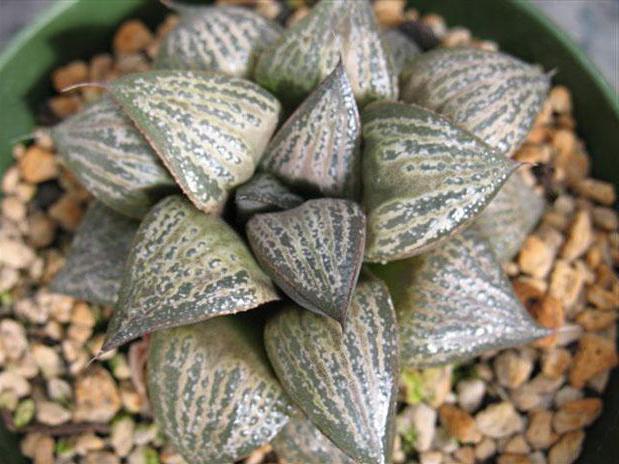
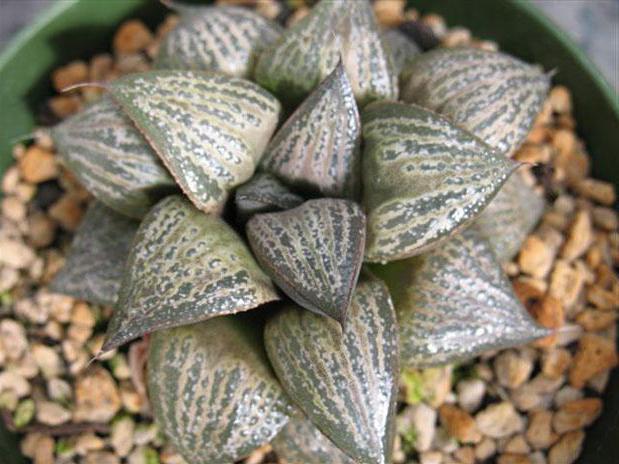
View gallery
Well, we hope we have answered in sufficient detail the main question of the article about what kind of indoor plants exist with the letter “C”, “G”, “D” and “B”. All the varieties discussed above are certainly spectacular and worthy of the attention of novice florists. What kind of flowers to choose specifically – gasteria, begonia, vriezia or some others for self-cultivation, of course, is a personal matter for the indoor plant lover himself.
Davallia
For landscaping rooms, apartments and studios, for decorating a greenhouse, various plants with the letter “D” are used, one of which is Davallia. The fern grows quickly and is called in the common people “Hare’s paws”. Protect from direct sunlight, but do not neglect the light, the plant loves it very much. It is better to alternately give the flower a shadow, then the sun, then this will have a very favorable effect on its growth and development. Davallia does not tolerate frost and cold at all. The normal air temperature for his life is twenty-twenty-five degrees Celsius. Make sure that houseplants with the letter “D” do not freeze. For irrigation, do not take chlorinated water, it is better to defend it. In winter we water less than in summer, as the soil dries up. The plant is very fond of moisture, an alternative amount of percent for the content of davallia is fifty-five to sixty percent. Use a small spray bottle for irrigation so as not to inconvenience the flower and avoid discoloration of the leaves. Pests like dawallia very much, so they willingly accumulate on it. Leaves may begin to turn yellow and brown, curling up – this is a sign that the plant is infested with pests. Take immediate action: check if all the prerequisites are met and use pest control agents.
Dipladenia flower
The Kutrov family
Large flowers appear on climbing stems in summer. Dipladenia can be grown like a liana, and then its shoots grow three or more meters, or cut the shoots after flowering, giving the plant the shape of a bush. It begins to bloom with pink flowers at a young age, the shiny leaves are decorative all year round, but despite this, dipleadia is not popular.
Plant species.
D. sanderi rosea, D. Sandera, grown for pink flowers with a yellow throat. D. (or Mandevilla) shiny – D. (Mandevilla) splendens – larger leaves and flowers with a pink throat.
Secrets of Success in Flower Care
- Temperature:
High enough, in winter not lower than 12 ° С. - Lighting:
Bright or partial shade, direct sunlight should be avoided. - Watering:
Abundant from spring to autumn, moderate in winter. - Air humidity:
Requires frequent spraying, especially during bud formation and flowering. - Transfer:
Annually in the spring. - Reproduction:
Dieffenbachia spotted
Dracaena Vand. flower
Dracene family
Dracaena, a very popular plant now. It can be found in the living room or hallway of almost any office or home. These tall, majestic specimens look great even in splendid isolation. No less popular and beloved cordilins, for the most part, are more compact plants, but their leaves are no worse than those of dracaena, if not even more attractive. Dracaena and cordilina, because of their lignified leafless stem with a bunch of leaves at the top, are called false palms; they have nothing to do with real palms. Long cultivated as houseplants, these majestic trees fit perfectly with modern interiors. Dracaena was appreciated in Victorian times (in the 19th century), but only recently it was included in the list of the most popular plants. Dracaena is currently sold more annually than any other large indoor plant. There are different opinions about the difficulty or ease of growing these plants. The simplest answer is this: the difficulty or ease of growing depends on the type of plant. They can withstand shade, careless maintenance and fairly cold temperatures in winter. Other species require more careful care – a higher temperature in winter, careful watering (the soil should be moist all the time, but not waterlogged), and frequent spraying. Not all dracaena look like false palms. For example, the bushy is not at all like its relatives. It is a hardy plant, able to withstand lower winter temperatures and drier air than other, more delicate dracaena species.
DRACENA OR CORDILINA?
Cordilins and Dracaena are often confused and sold one after the other. The common apical cordilina is usually sold as apical dracaena. These similar plants are nonetheless easy to distinguish. Cordilina is characterized by a creeping rhizome, and its roots are white and knobby. Dracaena has no such rhizome, and its roots are straight and smooth, dark yellow or orange.
Secrets of Success in Flower Care
- Temperature:
Moderate, not lower than 12 ° C in winter. Species that are easier to grow will withstand lower temperatures. - Lighting:
Grow best in light shade, near an east or west window. Some species grow in the shade. - Watering:
Abundant, in winter, watering is reduced, but they do not allow the soil to dry out. - Air humidity:
Requires regular spraying. - Transfer:
Every two years in the spring. - Reproduction:
There are several ways to reproduce. 1. The upper part of the old plant is cut off and the apical cutting is rooted using phytohormones and lower heating. 2. Get air layers from the top of the plant, which is then cut off. 3. Stem parts 5-7 cm long are used as stem cuttings.
Special difficulties in plant care
- Brown tips or edges of leaves
Cause: The most likely cause is dry air. Most dracaena require high humidity; place the pot in moist peat and spray regularly. Cold drafts or insufficient watering can be other causes. If the reason lies in the drying out of the soil at the roots, then brown spots will appear on the leaves. - Soft curled leaves with brown edges
Cause: The temperature is too low. In delicate species of dracaena, similar signs appear if left near a window on a cold night. - Yellow lower leaves
Reason: If the leaves turn yellow slowly, it is natural and inevitable for older leaves. Dracaena tend to have green leaves only in the upper part of the bare stem. This appearance is explained by the fact that their leaves do not live long, after two years they turn yellow and die off. - Brown spots on the leaves
Cause: Insufficient watering. The earthen ball should be moist at all times. - Plant death
Reason: One of two things – either too much watering in winter, or too low temperature. - Light dry spots on the leaves
Reason: Too much sun. Move to less illuminated area.
Drimopsis
Diffenbachia flower
Aroid family
Adult dieffenbachia can grow up to 1,8 m and more, but under normal indoor conditions, the lower leaves fall off and the plant looks like a false palm. Dieffenbachia is not easy to grow and does not tolerate cold drafts and low temperatures in winter. Some capricious varieties can die from temperature changes, but the most common species (D. picta and D. amonea) are quite hardy and grow well in rooms with central heating. Over the years or with poor care, the lower part of the stem is exposed. Cut the stem 10 cm from the soil level. The top can be rooted, the remaining stem will release new leaves. Designers love Dieffenbachia for its large and extremely beautiful leaves and use large specimens as single plants, and smaller ones as the centerpiece of compositions. Dieffenbachia juice is poisonous, so don’t forget to wash your hands after grafting.
Secrets of Success in Flower Care
- Temperature:
Moderate or slightly above moderate, in winter not lower than 17 ° C. - Lighting:
Partial shade in summer, bright light in winter. - Watering:
Abundant from spring to autumn, moderate in winter. - Air humidity:
Requires high humidity. Leaves should be sprayed more often and washed from time to time, the pot should be placed in moist peat. - Transfer:
Annually in the spring. - Reproduction:
There are several ways you can try. Cut off and root the apical part of the stem with leaves; phytohormones and bottom heating are used for rooting. Stem pieces 5-7 cm long are used as stem cuttings. Some forms form daughter shoots, which are pruned and rooted.
- The base of the stem is soft and discolored
Reason: Decay of the stem. The disease is promoted by waterlogging of the soil and low air temperature. At the beginning of the disease, you can cut out the affected area, rub the wound with crushed charcoal and transplant the plant into fresh soil. If the lesion is extensive, the apical part of the stem can be rooted and the rest of the plant discarded. - The lower leaves turn yellow and curl
Reason: Low temperatures in winter or cold drafts. The plant will be able to survive temperatures of 10-12 ° C, but the lower leaves will inevitably suffer. - Loss of color
Cause: Too bright light or direct sunlight on the leaves leads to discoloration. Move the plant to a less lit area. - Leaf dieback
Cause: The most likely causes of the death of young leaves are too low temperature, dry air or cold drafts. Old leaves always die off with age. - Brown leaf edges
Reason: Drying out of the soil – it should always be moist, but not waterlogged. - vermin
It is affected by the scale insect and spider mite.
Dichorisandra
Datura flower
Solanaceae family
The gorgeous flowers that can be up to 25 cm in length, which you see in the photo, may prompt you to immediately go shopping for a plant called Datura. Before you buy it, keep in mind that it requires room; and constant care and that all parts of it are poisonous. Datura grows in a tub; summer should be spent outdoors and winter in a cool, well-lit room. Only two species, D. Candida and D. suaveolens, are sold as indoor plants. Both bloom in summer with white flowers with a sweetish scent. Better to grow D. Candida.
Secrets of Success in Flower Care
- Temperature:
Moderate, decreased in winter. - Lighting:
Bright, responds well to some direct sun. - Watering:
Abundant from spring to autumn, moderate in winter. - Air humidity:
From time to time, it is useful to spray the leaves. - Transfer:
If necessary in the spring. - Reproduction:
Stem cuttings in spring. For rooting, phytohormones and bottom heating are used.
Duchenne
Dendrobium Sw. flower
Orchid family
The name “dendrobium” comes from two Greek words: “dendron” – wood and “bios” – life. Literally translated – “living in trees” (almost the same as an epiphyte). There are many species in the genus dendrobium that grow in both subtropical and constantly warm climates. Some of them shed their leaves for the winter, others leave. Naturally, evergreen species are the most thermophilic. During the growth period, dendrobiums need a temperature of about 20 ° C. But during the period of winter dormancy, they need 12-15 ° C, and subtropical species tolerate even 10 ° C. Moreover, these temperatures stimulate flowering. Water abundantly in summer, but the substrate should dry out between waterings. If you get a deciduous species, then in winter it can hardly be watered. Give evergreens only as much moisture as necessary so that they do not shed their leaves. Dendrobiums are propagated by dividing the bush. Each delenka should have its own roots and at least 2-3 pseudobulbs. Deciduous dendrobiums can also be propagated by cuttings, which are prepared by cutting pseudobulbs into pieces with 2-3 nodes. The cuttings are rooted in sphagnum and only after the appearance of new roots are they planted in the substrate.
Dizigoteka

